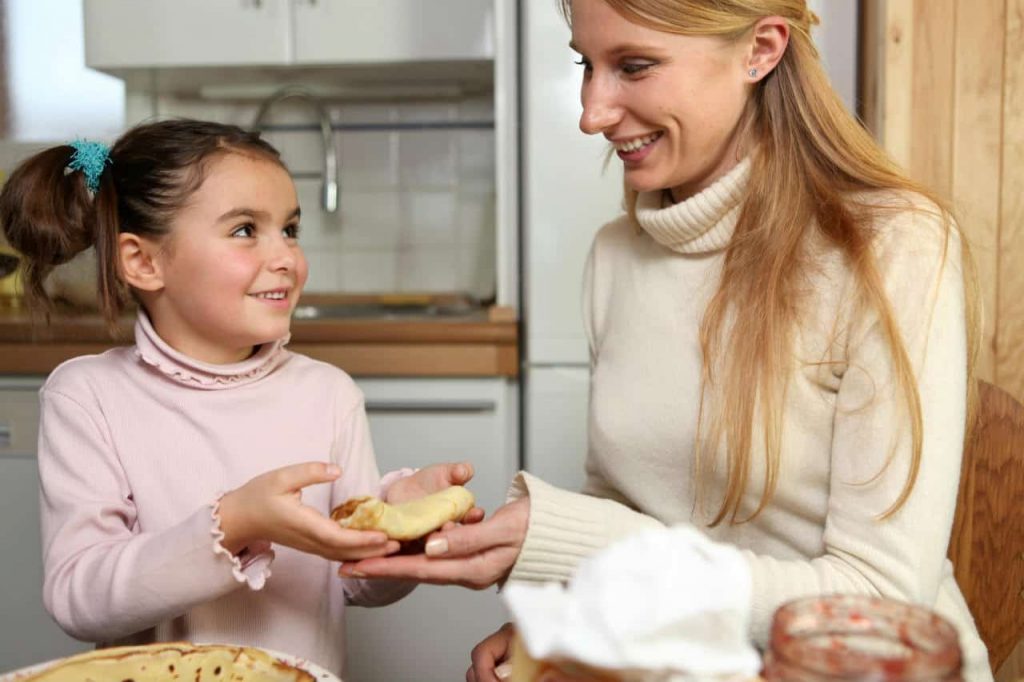
Good Manners For Kids In School
Respect! Aretha Franklin sang about it; people seek for it and educators teaching good manners find it daily in students’ behaviour. Mastering good manners always makes a positive difference in the classroom.
Over the years, what has been acceptable manners are different from one decade to another and from one country to another.
Experts believe that behaviour should be respect based, unfortunately, adults are becoming less civil to one another, and even children are copying their teachers and peers in school.
In 2019, a US media channel poll found that, 73 percent of Americans thought manners have dropped compared to 20 years ago. Respondents placed the blame squarely on parents who are failing in their duties. They also cited shows and movies that portray lack of respect as another factor.
It is therefore not surprising that there is now mass manner illiteracy rampant in schools across the world.
Why Spend Time Teaching Good Manners?
Although character education is very well taught in schools, not much attention is given to education in good manners. With growing demands on teaching time, teachers no longer have time to teach etiquette.
Here are some suggestions as to how you can help with this.
- Focus on one skill at a time
- Children will always make mistakes, be tolerant of them, but do not overlook them.
- Reward good manners.
- Set a good example, manners are a two-way street
Ways In which Adults Can Teach Children Good Manners
Lack of good manners is becoming a serious problem in classrooms and playgrounds. Here are some tips on how adults can help:
- Children must be taught to treat others rightly, just as they would like to be treated.
- They should understand the harm caused by thoughtlessness, mean words and actions.
- Role-play difficult situations for children to demonstrate the right response in such situations.
- Institute a policy framework for basic manners.
- Teach children to always think of others.
Parents Must Lead

At a time where schools are basically places where test scores, mastery and achievement are used to measure students’ emotional intelligence, parents must work hard to ensure that children develop a relationship with their teacher’s way beyond test scores and papers.
Parents can help not only the child but teachers and schools in helping children grow better; the importance of this should never be downgraded. Here are the reasons why:
- After a child’s relationship to his/her parents, the second most important relationship is that with his/her teachers.
- For some students, the primary relationship they have in interacting with the world is with the teacher. Studies have shown that a significant relationship a child has with another caring individual, could be the lifeline in saving such a child destructive life choices or hopelessness.
- Even though teachers are not the parents, they are however thrown in this circle at certain times and they must live up to the occasion.
- Parents must teach children to always respect teachers and education in general if they must attain school readiness. If they keep badmouthing education and speaking ill of their teachers and how education is irrelevant or teachers teaching to survive, such a child will carry this attitude into school work and it is sure to reflect in their handling of school activities as well as academic performance.
Bringing Good Manners To The Table

Just by looking your local playground and kids interacting to one another, will tell you of how much manners children today have lost.
The drive-through eating culture of many families today leaves children in dire need of leaning mealtime etiquette. Some teachers are serving up dining skills with a special menu of respect to fill the order.
An article called “Students Pass the Manner” put a spotlight on a good manners test in an elegant hotel restaurant.
Under the guidance of a parent volunteer, the test class could master etiquette necessary to prepare for the formal dinner. They learned to take off hats, hold doors and maintain eye contact when talking and many learnt how to hold forks and knives the right way for the first time in between polite interjections of “Please” and “thank you” in conversations at the table.
Some schools organize special school incursions like our popular interactive “Families Past and Present” program where we show children how family life has evolved over the years .
Singing The Praises Of Good Manners

Teachers can teach the class to start each day with an inspiring musical rendition of manners. One example of this is “The Farmer in the Dell” tune. It goes like this:
Manners are the way
To brighten up my day
Please and thank you’s what I say
To brighten up my day
Activity themes on manner will provide a list of activities and things like poems, games, crafts and teaching guidelines that help children link manner and respect. Here is an example of some simple rhyme that can do this:
Manners
We say, “Thank you.”
We say, “Please.”
We don’t interrupt or tease.
We don’t argue. We don’t fuss.
We listen when folks talk to us.
We share toys and take our turn.
Good manners are easy to learn.
It’s easy, when you find.
Good manners means
Just being KIND!
Your Turn
There are more than a lot of good things to say about respect and manners that you’ll never run out of when you use the web. There are also quote resources libraries that provide insightful quotes that can be thought provoking educational materials for older students.
One of the ancient Greek quote sums up all there is to manner.
No act of kindness, no matter how small, is ever wasted.”
